Last Updated on July 31, 2021

Welcome to The Best Movie You NEVER Saw, a column dedicated to examining films that have flown under the radar or gained traction throughout the years, earning them a place as a cult classic or underrated gem that was either before it’s time and/or has aged like a fine wine.
This week we’ll be looking at THE ANIMATRIX.
Spoilers for THE MATRIX follow.

THE STORY: a series of short films that expand upon what is possible in a world where The Matrix exists.
THE PLAYERS: writers/producers/general architects the Wachowski siblings. Directors Peter Chung, Andrew R. Jones, Yoshiaki Kawajiri, Takeshi Koiki, Mahiro Maeda, Koji Morimoto, Shinichiro Watanabe (some as writers as well). Actors Keanu Reeves, Carrie-Anne Moss, Tara Strong, Dwight Schultz, and many, many more.

Mahiro Maeda (The Second Renaissance): The short running time worked to my advantage because both segments did not have any specific storyline, so it was challenging to put all the different elements together. I was a little nervous because the whole story behind the Matrix universe is so enourmous and I had such a short time to express everything that I wanted to – but I feel I succeeded in "Second Renaissance" to explain the genesis of the Matrix.
THE HISTORY: THE MATRIX arrived in 1999 and changed the film industry. Like STAR WARS or PSYCHO before it, whether the movie's your cup of tea or not, there was something about the collision of culture and creation that meant THE MATRIX became a touchstone that still stands strong to this day. It was an R-rated sci-fi story heavy on light philosophy that made approximately $463 million ($400 million more than its budget), and sequels were promptly shot for release in 2003. THE MATRIX RELOADED and THE MATRIX REVOLUTIONS arrived six months apart, RELOADED to a final tune of almost $727 million and REVOLUTIONS to a drop-off of $427 million. THE MATRIX fed into every avenue of media, from games to comics… to anime. THE ANIMATRIX was a return of sorts to the very medium and style of storytelling that had influenced and inspired the Wachowskis in the first place, and took about two years in total to make.
The Wachowskis themselves wrote several treatments to start with, their work covering "Final Flight of the Osiris", "The Second Renaissance Parts 1 and 2", and "Kid's Story". Writers/directors invited to work on the film either took on those treatments and made them their own, or outright submittted their own. From there team by team went to work in a wide variety of animation styles. all building to a release that saw the films spread across a wide variety of platforms before being collected into a single experience – ome released online, one went to cinemas, some went to television, and some ended up as DVD extras. While every team involved worked differently, the complete short awaiting you below – titled "Beyond" – invovled a team of about thirty people, including ten key animators and three working on the computer graphics, working for about sixteen hours a day.

Shinichiro Watanabe ("A Detective Story"): I tend to start with meetings with the character designer and the set designer, to let them know exactly what I want in the film. There are many directors who can just design the sets by themselves, but since I am not an animator, I put more value on the specialists. Then I work on the storyboards and go over them with the key animators — there are going to be between ten or twenty key animators on A DETECTIVE STORY. Now, before the in-between artists get started, I also have regular meetings with the art director and discuss with him in detail the look that he wants to get, so that the message is passed along clearly to the people in the ink and paint division. Then when we make a 3-D animated scene, we’ll have a meeting with the 3-D directors and people in charge of computer graphics. There are so many people involved in making one film, that it’s the director’s job to supervise everything and make sure everyone has the same energy and love of the picture.
WHY IT'S GREAT: Every year there are more and more movies released, plenty enough to occupy any fan, practioner, or student of cinema. Then there's what's happening with television and the reign of the one-hour drama to take up what time is left. And then, if film fans really want to make a move to soaking up everything they can, there's an entire catalogue of classics stretching back for over a century and an entire realm of world cinema just waiting to be watched. And it's a massive amount of material. I can tell you right now that, for all I have see, my list of what I haven't (or have just about no memory) of runs from GONE WITH THE WIND to ON THE WATERFRONT, BACK TO THE FUTURE to JURASSIC PARK, PUNCH DRUNK LOVE to CAPTAIN AMERICA: CIVIL WAR. "The Wire" and most of "The Simpsons." Forget massive – it's a daunting amount.
Watching and studying all of the usual suspects, though – it's important, yes, but so is going off the path Hollywood has beaten out for that century, not just in the United States but across the world. It's one which was arguably begun in 1929 with the introduction of synchronized sound, as Hollywood's influence spread sound and the English language, and has continued ever since (hello CIVIL WAR's $940 milllion box office). And in the Pacific, one such path awaits: that of anime. Think back to an example we've explore before in this column – Satoshi Kon's PAPRIKA – the relationship between the deliberate design of the image and the story being told. Think about how they’re actually kind of the same thing. And then, how together they allow for something new. While there are smaller-scale relationship-based stories that the animation can serve beautifully, like Kon’s own TOKYO GODFATHERS or Miyazaki’s THE WIND RISES, as a form it lends itself all the more so to the countless potential inventions of genre. When THE MATRIX emerged in 1999, itself inspired so strongly by anime, it provided the perfect platform of material for this medium to go wild.

Koji Morimoto ("Beyond"): I was very happy. First of all, I liked the motion picture very much, especially aspects of the different world and time and space, and that there is a reality different from what we see. So I got very excited, but at the same time I wondered, since THE MATRIX film is so perfect, how am I going to make it work in an animation? Creating the scenario (the first part), took a long time. Since my story was totally original, once I finished writing I had other people read it so they could give me their opinion on the scenario. That led to more ideas, so I rewrote it again and again and again. That was the hard part. There were many elements I really wanted to animate from the original scenario that were not approved, but now I am happy as some of those ideas are being kept. The overall quality and originality of the film is quite high, although it is a little different from my original idea.
Using nine (technically eight as one is split into two parts) shorts of varying length, few of which have any clear attachment to either each other or Wachowski's first film, THE ANIMATRIX plays out a series of "What Ifs" within the world of THE MATRIX. A world where anything’s possible, where – as in a story universe like STAR TREK, or as in our universe itself – we’ve no idea the limits of what could be happening in some forgotten pocket of its time and space. What better to talk about such possibilities than through animation, a medium where if it can be imagined it can exist. Rather like The Matrix itself, really, both being computer generated and all. Not only is there no spoon – there's no hand.
What exists here for a viewer is the opportunity to experience story in a new way. A window into the Matrix’s world. They can do things with character, theme, action, visual storytelling that a live action sequel (or pair of sequels) are simply not able to manifest. Even with their massive budgets. And the more limited release – along with the reduced budget – mean that THE ANIMATRIX can deal with characters, locations, situations, relationships, and subjects that wouldn’t be allowed by most suits. Small stories, strange stories, stories about morality and adventure and wonder and everything in between. One of its most hauntingly human ones involves a robot that suddenly finds itself conscious in the mist of violent conflict between its creators and its liberators. In another case, a brutally blunt commentary on the progressions of panic into madness absolutely resonant for our time emerges in a story where humans deny responsibility for the life we’ve created. In a third, a man achieves awakening on his own through sheer force of will.

Yoshiaka Kawajiri ("Program", "World Record"): I was searching for a hero as different as possible from Neo as he could be. Someone who would not intellectualize everything the way Neo does, someone who was perhaps a bit more in touch with his physical self. In the case of Dan, I found a character who could transgress the physical world and, through his ability to run, break through.
THE MATRIX provided a leaping-off point for creative possibility. THE ANIMATRIX – through its very form – took that challenge and did the sort of something with it that we don't see nearly enough of. We could talk about how it recontextualizes the original, how it deepens or compliments or the like, but at the end of the day it simply makes what was, better, and what could be, even more exciting. The entire project was a labor of love from the Wachowskis and their producers, willed into existence simply because they had the clout and the passion to make it so. Their work and that passion inspired writers, artists, and filmmakers the earth over, and when they came knocking on the anime industry's door those men and women turned what would become THE ANIMATRIX into a fantastic experiment that succeeds in its realization and exceeds its original purpose. These shorts are great by themselves, they're great when watched together, they're great as pieces of THE MATRIX, and they're great as examples of what cinema and storytelling can be.
Also the art is just beautiful. This collection showcases top studios and artists using their craft to its fullest, with a wide range of styles on display. Which is another way to talk about storytelling, as this isn’t just a question of style in terms of the visuals but also in terms of things like motion, of timing, of action choreography. It’s a cool fucking collection of movies. And not just cool, but one which highlights the depths and challenges of all that’s possible in conscious experience of this mad thing we like to call “reality.”

Yutaka Minowa ("Beyond"): To be completely honest, when I saw THE MATRIX the first thing I thought was, how is animation going to surpass this level of visuals and action? From a purely professional point of view, I’m a little worried about how animation is going to continue to attract audiences, given that level of filmmaking. I’ve never wanted to make movies just for anime fans, they should be accessible to all audiences. How the animation industry meets the challenge of making movies in a climate after THE MATRIX is a real concern… Kawajiri-san and I had talked about doing some imagery and costumes based on Kabuki images and I ran with that, doing some of the first images of the soldiers on horseback riding against a red sky. There’s a funny story attached to that because when I was doing those particular drawings, I kept running out of paint — there was a lot of red! So I got into working on THE ANIMATRIX pretty indirectly. Again, I was never actually invited to be a part of doing PROGRAM, but I ended up being the guy everyone turned to. Eventually I wound up being the Animation Director. At first they weren’t sure that the high contrast style would work, but in doing those very first pieces of concept art, they realized it might work after all, and provide a way of meeting the challenge of living up to THE MATRIX. They realized that rather than going full out with very detailed renderings, they could go with something very simple, something that you could only really do in animation.
BEST SCENE: Below you'll find the short titled "Beyond" in its entirety. It was animated by STUDIO4°C, which would go on to make another underrated-yet-stunning anime called TEKKONKINKREET in 2006.
SEE IT:
You can buy THE ANIMATRIX on Blu-Ray + DVD HERE, or as part of the Matrix Collection HERE!
PARTING SHOT:
Michael Arias (producer): One point that I think we're trying to make here, is that while animation is often perceived as a sort of second-tier medium in the U.S., as not really suitable for serious or adult material, it doesn't have to be that way. That's the great message, in a sense, that anime has to convey to people in America, where animation has been so dominated by companies like Disney, that we've gotten used to thinking of it as a medium that's just for kids. One of the great things about The Matrix was that with its strong anime influence, it established once and for all that these two mediums are really one and the same, and that there's a strong continuity between them. With The Animatrix, we are simply making the same point in a different way. Closing the circle, if you will.



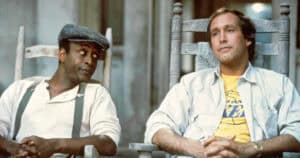
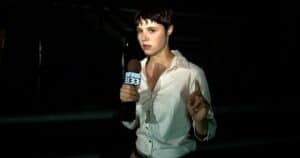
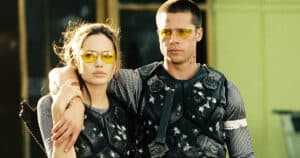
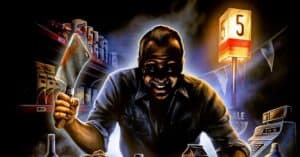


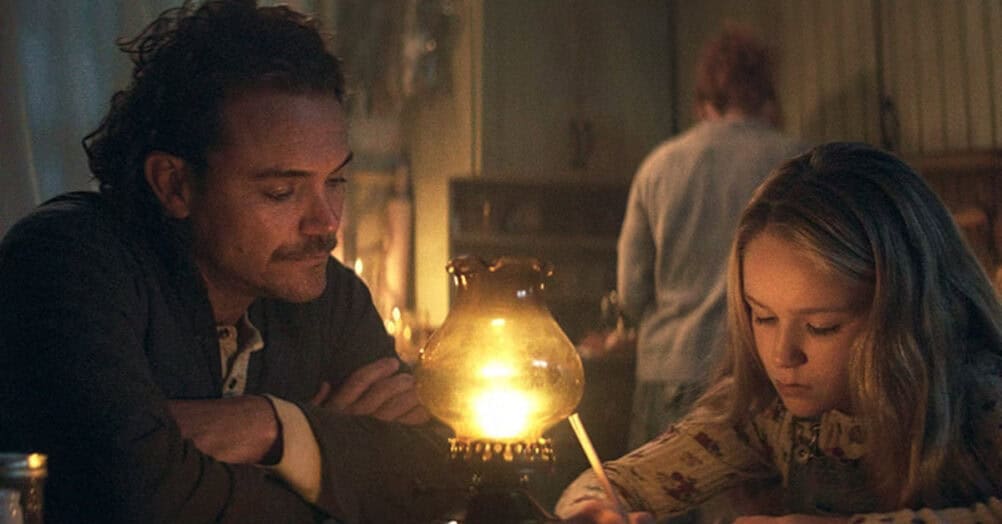
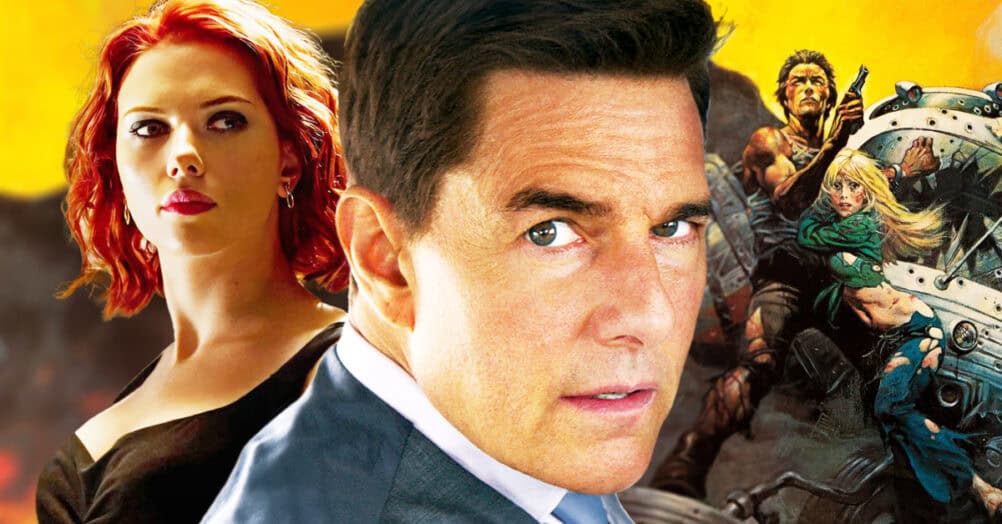
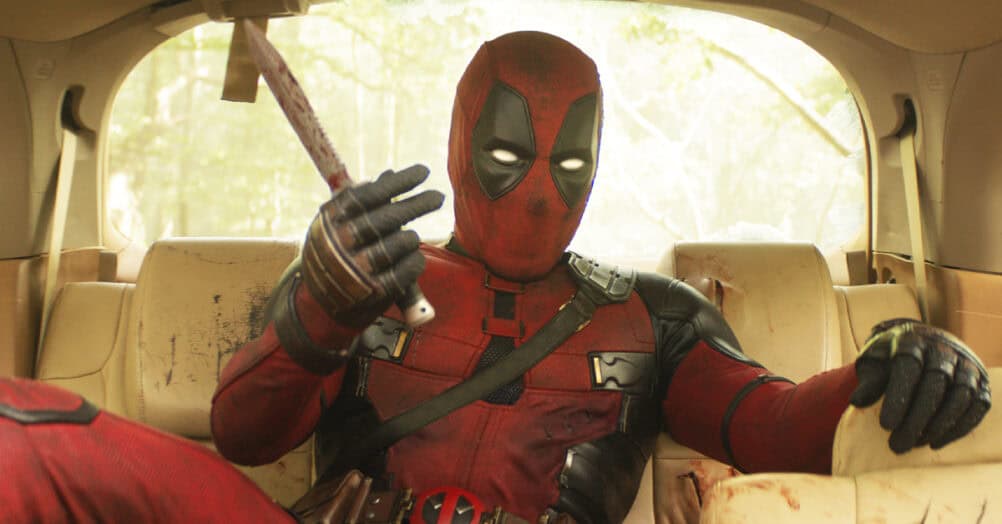

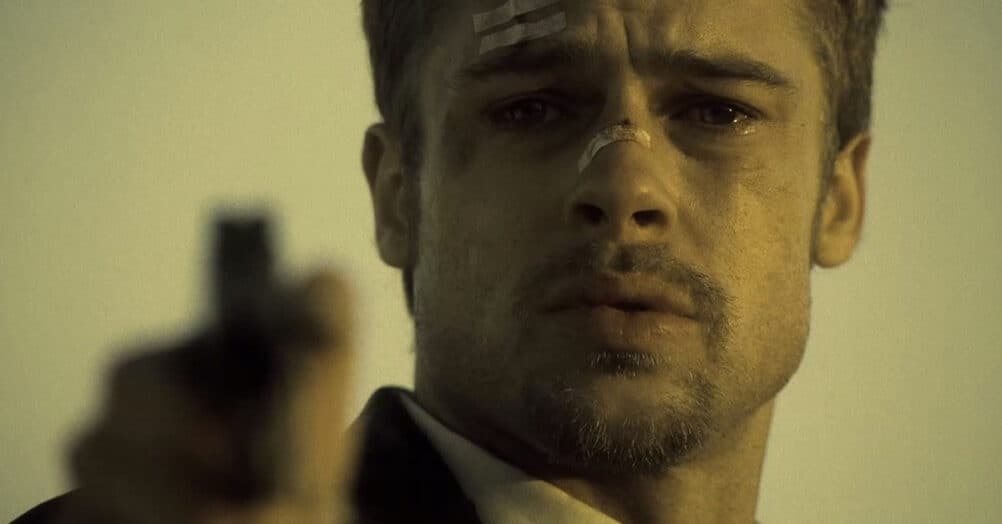
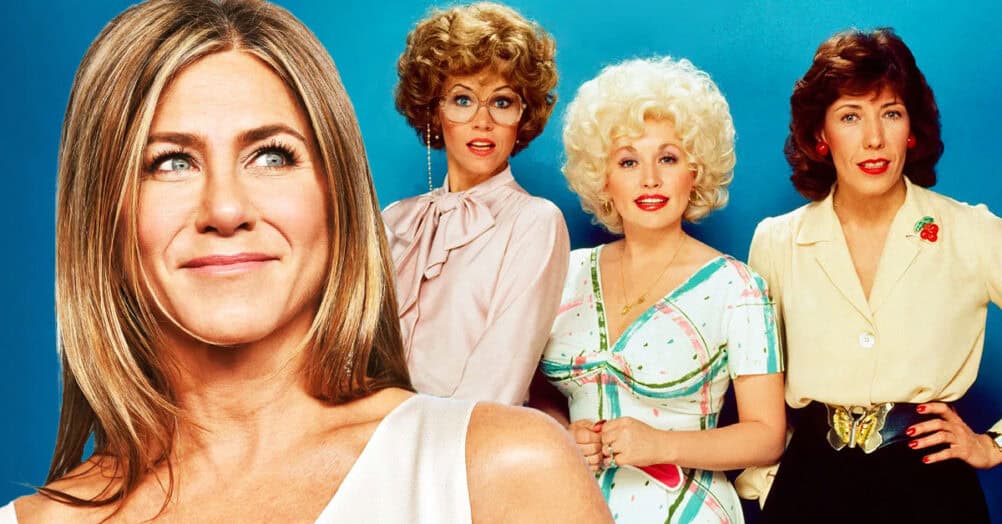
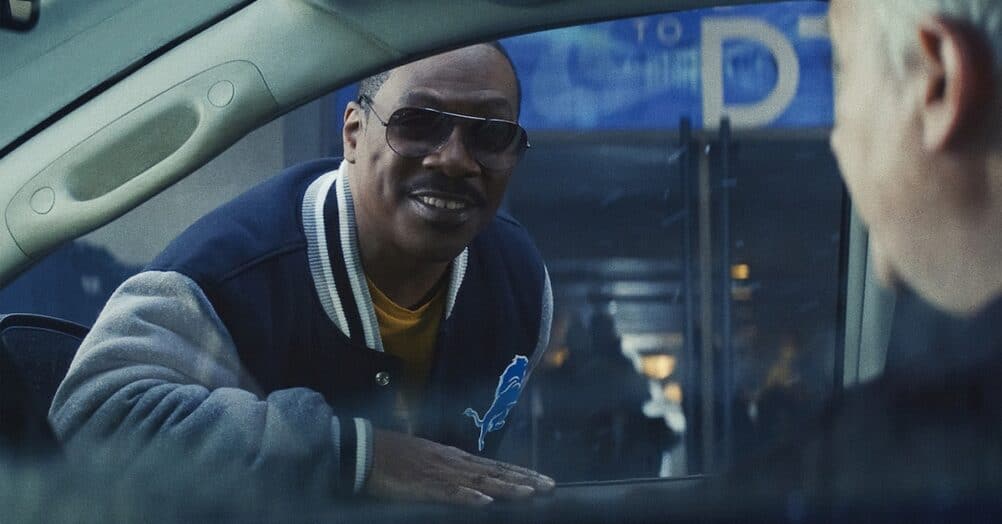

Follow the JOBLO MOVIE NETWORK
Follow us on YOUTUBE
Follow ARROW IN THE HEAD
Follow AITH on YOUTUBE